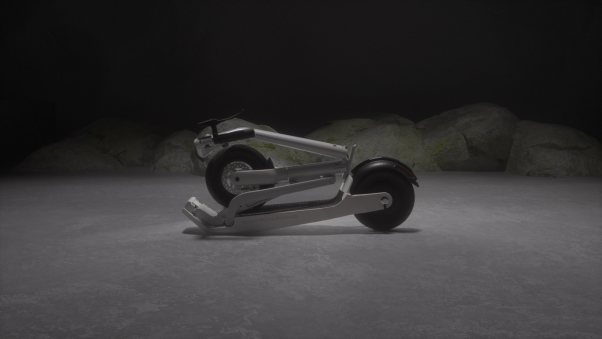These 10 English cities barely cycle, and here’s why

Some English cities have far fewer cyclists than others, but why is this? Experts at Paul’s Cycles have compiled a list of the ten cities in England with the lowest rates of cycling, and investigated what’s stopping people taking to the road.
In some English cities, fewer than 10% of residents cycle even once a month
Many people say they’d be more motivated to cycle if cycling paths were fully segregated from other traffic, with safety concerns a top reason for lack of cycling uptake
These cities have on average a 300% higher accident rate compared to the most-cycled cities
Sunderland is revealed to be the city that cycles the very least, with just 6.9% of residents cycling once a month or more – a figure almost 50% less than the national average.
The 10 cities that cycle the least – and the % of their population that cycles once a month or more – are:
Sunderland – 6.9%
Luton – 8%
Bolton – 8.5%
Wolverhampton – 8.6%
Doncaster – 9.4%
Birmingham – 9.5%
Leeds – 9.6%
Coventry – 10.1%
Barnsley – 10.1%
Liverpool – 10.3%
This is in stark contrast to cities like Cambridge and Oxford, where 50% and 40% of residents cycle on a regular basis.
So why aren’t people cycling in places like Sunderland, Bolton or Birmingham? Is the cost of living a factor? Paul’s Cycles found that the costs of buying bikes and accessories are not cited a top barrier to cycling, referencing a survey of more than 2,500 people which found that safety and accessibility were much bigger issues.
When those who cycle very occasionally were asked what would get them cycling more, the top five choices were:
Off-road and segregated cycling paths (55%)
Safer roads (53%)
Well-maintained road surfaces for cycling (49%)
More direct cycle routes (43%)
More information/awareness about local cycle routes (36%)
The top 10 cities by cycling rate have had around 5 major and fatal accidents per 10,000 cyclists over the last three years, compared to 15 per 10,000 cyclists for the bottom 10 cities. Dangerous overtaking, drivers pulling out at T-junctions and issues with potholes are just some of the most common dangers UK cyclists face.
“Getting more people cycling means first making people feel safer on the roads. And one way to do that is with cycle lanes.” Says Tom Thornley, managing director at Paul’s Cycles. “Evidence has shown that introducing cycle lanes can increase the number of people who cycle each week by 35%, but with so many people calling for fully segregated cycle lanes it’s clear there’s more to be done to ensure would-be cyclists aren’t being put off by dangerous driving, or by lanes that aren’t fully fit for purpose.”






